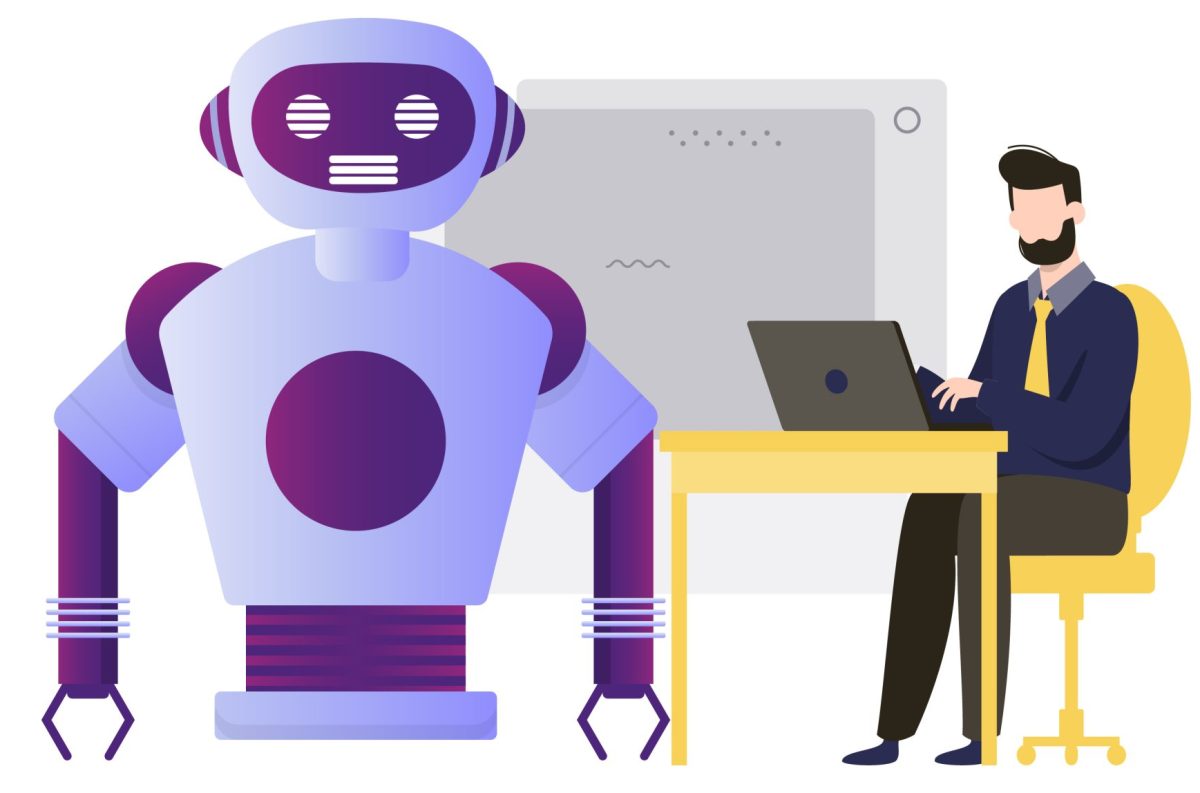As we enter 2026, workplaces across industries are becoming increasingly complex, whether it is manufacturing, construction, logistics, healthcare, or field operations. Employees must follow strict safety protocols while adapting to evolving equipment, compliance rules, and operational hazards. Traditional safety training methods often rely on presentations, handbooks, or periodic workshops, which can lead to knowledge gaps, low retention, and inconsistent learning outcomes. This is where AI in safety training is creating a meaningful difference. By using data-driven systems, adaptive learning modules, and immersive simulations, organisations can make training more relevant, personalised, and effective.
What is AI in Safety Training?
AI in safety training refers to the use of artificial intelligence tools and systems that enhance how employees learn and retain workplace safety practices. It includes technologies such as virtual simulations, predictive analytics, smart wearables, and real-time hazard detection systems. The core purpose is to ensure workers understand risks, respond correctly to hazardous situations, and reduce preventable accidents. Instead of one-size-fits-all instruction, training becomes dynamic, adjusting to employee skill levels, past training performance, job role, and environmental conditions.
Use Cases of AI in Safety Training
1. Realistic Hazard Simulations
AI-powered simulation platforms recreate real-life workplace hazards such as machine malfunctions, confined space emergencies, fire risks, or chemical handling accidents. Learners can practice decisions in a safe virtual environment, improving muscle memory and response confidence.
2. Personalised Learning Paths
Different employees have different levels of experience. AI systems analyse training progress, test results, and behavioral patterns to tailor lessons to each learner. Instead of repeating what they already know, workers focus only on areas needing reinforcement.
3. Real-Time Risk Detection and Alerts
In operational environments, IoT-equipped wearables and sensors can detect unsafe movements, hazardous exposures, or machine abnormalities.
AI models instantly alert workers or supervisors to prevent incidents before they occur.
4. Smart Equipment and Procedure Training
For equipment and machinery that requires detailed procedure knowledge, AI tools guide users step-by-step in real time, reducing skill-based errors and improving compliance.
 Benefits of AI in Safety Training
Benefits of AI in Safety Training
1. Higher Retention and Practical Understanding
Experiential learning improves memory compared to slides or lectures. Workers remember how to act because they have practised scenarios, not just read about them.
2. Reduced Workplace Accidents
When training aligns closely with actual job risks, employees develop more competence in identifying and responding to unsafe conditions, leading to fewer incidents.
3. Continuous and On-Demand Learning
Instead of waiting for quarterly workshops, employees can learn anytime, anywhere. New safety updates can be pushed instantly.
4. Data-Driven Safety Insights
AI tools track performance metrics and behavior patterns to help managers identify skill gaps and improve training strategies. This creates a measurable improvement in safety compliance.
 Consequences of Not Using Modern AI-Based Safety Training
Consequences of Not Using Modern AI-Based Safety Training
Without modern digital training methods, organisations may face:
1. Outdated, inconsistent, or generic safety training content
2. Low employee engagement and poor recall during real emergencies
3. Increased risk of accidents leading to financial loss, downtime, and legal liabilities
4. Difficulty complying with updated regulatory or industry safety standards
5. Limited visibility into which employees require more training support
These challenges often lead to preventable incidents that directly harm productivity, employee morale, and company reputation.
How Stratpilot Enhances Safety Training Programs
Stratpilot helps organisations implement structured, intelligent, and adaptive safety training workflows. The platform allows enterprises to:
1. Design personalised learning paths tailored to job roles and risk levels
2. Use AI-driven analytics to evaluate training effectiveness and identify improvement areas
3. Deliver interactive modules and safety prompts for continuous on-the-job learning
4. Create centralised training knowledge hubs accessible across teams, shifts, and locations
5. Continuously update training materials to align with the latest safety standards and best practices
Stratpilot ensures training is ongoing, practical, and grounded in real-world safety scenarios, not just static documentation.
Request a Demo for Stratpilot Today
If your organisation aims to improve workplace safety, training efficiency, and compliance assurance, Stratpilot can support you with structured, intelligent safety learning workflows. Request a demo for Stratpilot today.
Frequently Asked Questions (FAQs)
1. How does AI improve the effectiveness of safety training?
AI enables personalised learning, real-time risk detection, and practical simulation-based training. It identifies skill gaps and adjusts training to employee needs, improving performance and compliance.
2. Which industries benefit most from AI-enabled safety training?
Construction, manufacturing, oil and gas, healthcare, logistics, mining, utilities, and field service industries benefit significantly due to high operational risks.
3. Is implementing AI-based training expensive?
Costs vary depending on the tools and scalability. However, organisations often see a reduction in incident-related expenses, downtime, and training hours, resulting in long-term savings.
4. Can AI safety training integrate with existing LMS or safety programs?
Yes. Most AI-based training platforms integrate with learning management systems, compliance tools, and operational safety software.
5. Does AI replace human trainers?
No. AI enhances training by providing supplemental insights and simulation experiences, while human instructors continue guiding discussion, evaluation, and supervision.





